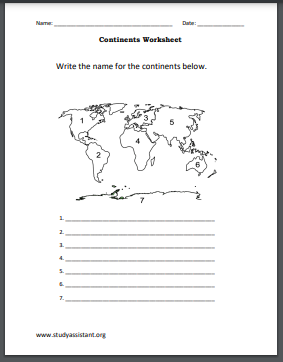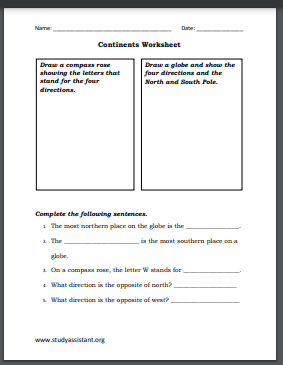Contents
Summary
The Hemispheres
The world is a sphere.

Half of a sphere is called a hemisphere. The earth has two hemispheres, divided by the Equator. The equator is at 0 degrees.
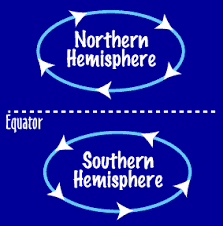
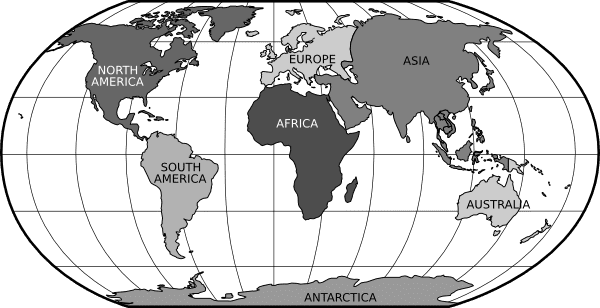
Northern hemisphere extends northwards to the North Pole above the equator.
Southern hemisphere extends southwards to the southwards to the South Pole above the equator.
The Greenwich Meridian(or 0 degree line of longitude) divides the earth into the East and West Hemispheres. This line encircles the earth from the North Pole to the south Pole. The line is called because it passes through a town called Greenwich in London, England. This line is also called the Prime Meridian.

Trinidad and Tobago is in the Western Hemisphere. It is found in the chain of islands known as the West Indies (W.I).
Continents
A continent is the largest masses of land on earth. There are seven regions commonly regarded as continents. Ordered from largest in area to smallest, these seven regions are: Asia, Africa, North America, South America, Antarctica, Europe, and Australia. The continents are surrounded by large body of salt water that covers the area between major land masses.
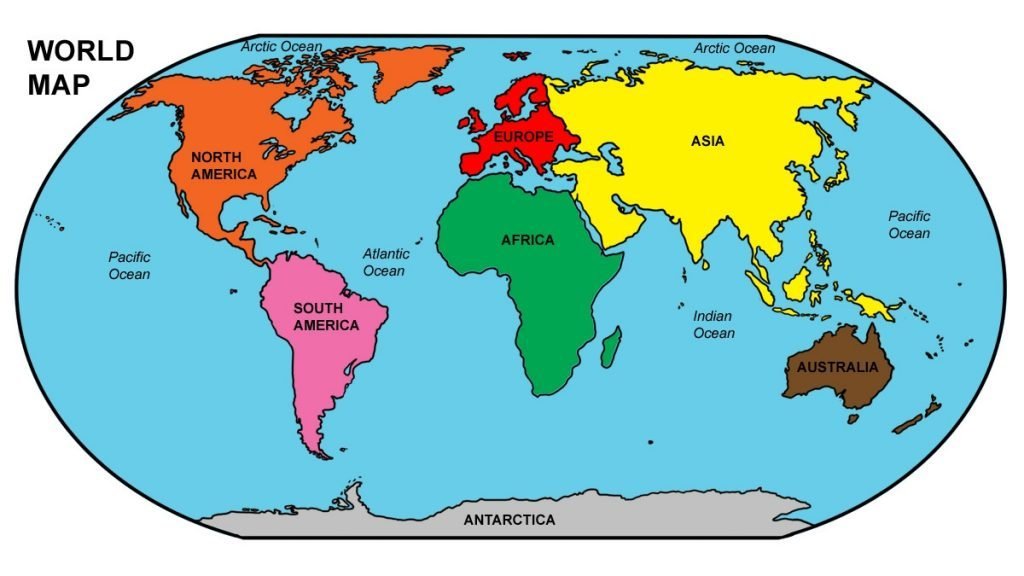
The North Pole and South Pole
The compass always points north. The large magnetic pointer or needle is attracted to the larger magnet, the earth. One end of this larger magnet is near the North Pole and the Other end is near the South Pole. Thus the north-seeking end of a magnetic needle always points towards the north magnetic pole.

So, consider how do you know where West is, or East?
Hold the compass and face north as the needle points to north. Then turn to your right – that’s east; or turn to the left – that is west.
Is there another way to find the direction on earth without a compass?
Of course. You can use the sun as a direction-finder. You should know that the sun rises close to the east and sets close to the west. Once you face the rising sun and lift your left arm straight out from your side, you are pointing nearly north. If you are facing the setting sun and lift your right arm straight out from your side, you are pointing nearly south.
At night, a clear night, you can use the stars to help you find the direction on earth. If you live in the Northern Hemisphere look for the Big Dipper and find the two pointer stars in the cup. These two stars always point to the North Star, in the handle of the Little Dipper. In the Southern Hemisphere, look for the Southern Cross. The two stars that form the longer bar points south.
Lines Around the World
On a globe or map, you will see lines that make it easy to find places. Every place on earth can be found at or near the crossing of two lines. They are measured in units called degrees. The East-west lines measure distance apart. This line called latitude. These lines are equal distance apart and are called parallels of latitude. The latitude is given as a certain amount of degrees north or south of the equator.
There are north-south lines we call longitude. They are called meridians. The starting point is the line called the prime meridian which passes through Great Britain. Longitude is given in degrees east or west of the the prime meridian.





